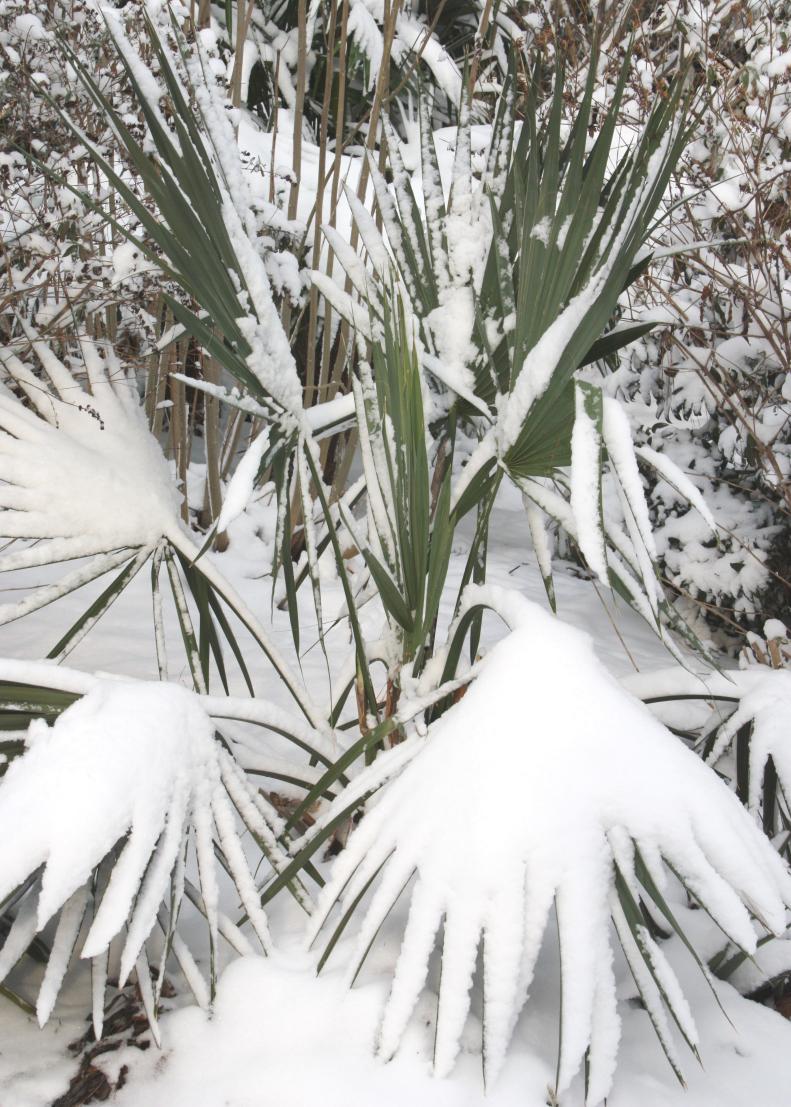1 / 13
Photo: Image courtesy of Plant Delights Nursery
‘McCurtain’ Dwarf Palmetto (Sabal minor ‘McCurtain’)
Snow and palm trees can go together—if you get the right variety. This snow hardy palm hails from McCurtain County, Oklahoma, just west of Folsom, Arkansas. ‘McCurtain’ grows in Wichita, where it’s known to have survived temperatures of -24°F. It’s a good choice for winter gardeners in places like Ohio and Delaware who want to inject some tropical ambience into their landscapes. This variety ultimately grows to 6 feet and has a faster growth rate than other dwarf palmettos. Hardy in Zones 6b-10b.









